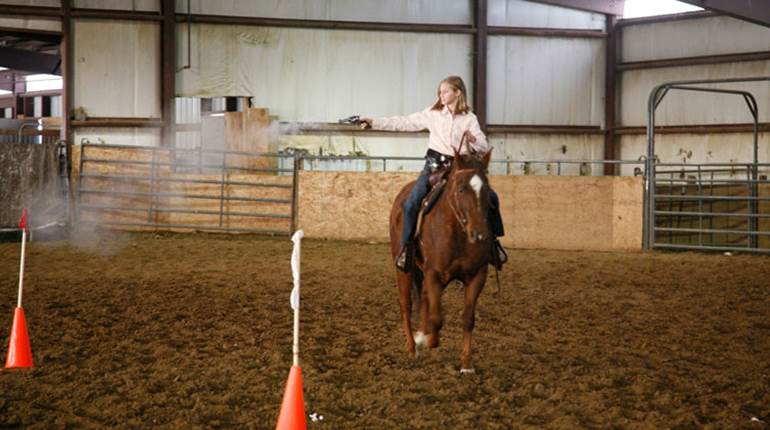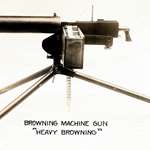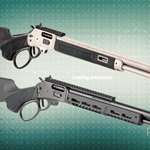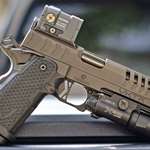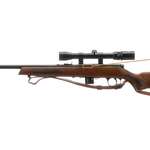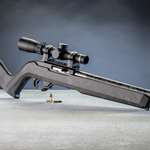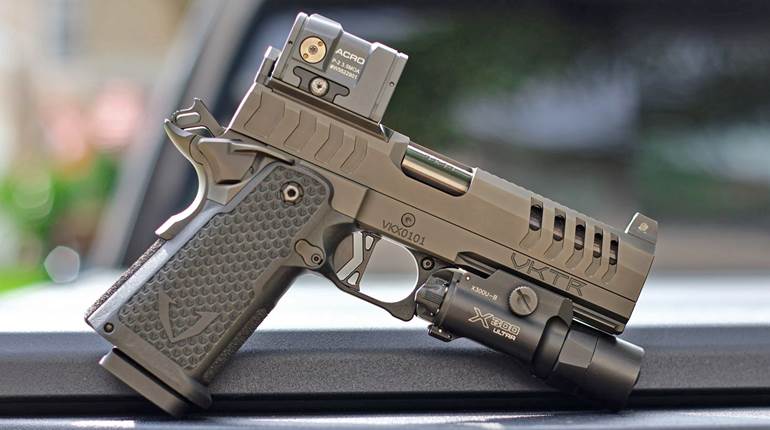
War, is in many ways, similar to a down-and-dirty street fight. Few people—or countries—adequately prepare for the unpleasantness of an existential confrontation, so it comes down to who can adapt and improvise quickly. The United States was sort of bee-bopping down the street of prosperity a bit more than 100 years ago. While we were not totally oblivious to the issues of Europe and Asia, most thought, “That’s halfway around the world. It can’t affect me.” Then the Germans sank a British liner, the Lusitania, leaving some 126 Americans dead. In a fashion that typifies the self-anointed intellectual and moral supremacists, even to this day, President Woodrow Wilson refused to extract a consequence for the overt murder of American citizens on the high seas. In typical Ivy League manner, Wilson figured his bully pulpit declaration that while the United States is “too proud” to interfere in a European fight, Germany had darn well better not be sinking passenger ships with her submarines, would force the Germans into submission.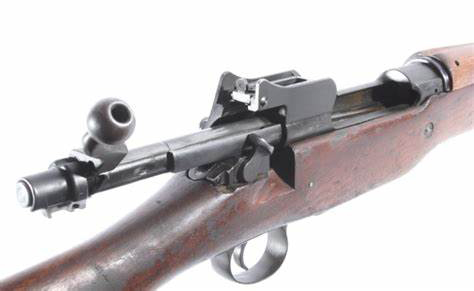
The Germans feigned a submissive response but still prepared for unrestricted submarine warfare, despite an international agreement prohibiting same. As January 1917 dawned, Germany resumed its wanton submarine warfare against largely British ships. To check American intervention, Germany sought to ally Mexico with its cause, offering to help Mexico repatriate Texas, New Mexico and Arizona. The communication of this offer was intercepted and presented to Wilson, as well as the public. Any response, no matter how intellectually and morally conceited, would be considered cowardice on the international stage. Seven additional U.S. merchant ships were sent to the bottom of the sea by German U-boats. Wilson asked Congress to declare war with Germany on April 2, 1917, and four days later his request was honored.

Trouble was we were not prepared for a war. There were only about 600,000 Model 1903 Springfields by April 1917, along with, perhaps, 160,000 of the superseded Krag-Jorgensens. There was no way Springfield’s production could meet demand. American arms makers—Remington and Winchester—were tooled up and cranking out Pattern 14 Enfields chambered in .303 British. A third contractor—the Eddystone Rifle Plant, operated by Midvale Steel & Ordnance Co., an affiliate of Remington located in Eddystone, Pa.—was also cranking out P’14s. Quickly retooling these American makers to manufacture 1903 Springfields was out of the question.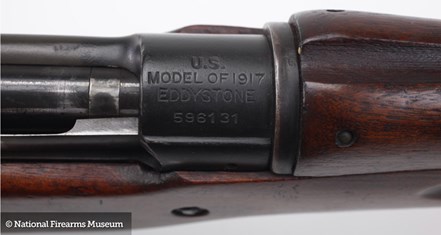
The U.S. Army Ordnance Dept. found it would be easier and far less expensive to modify the P’14 rifle to handle the American .30-’06 Springfield cartridge. Both the Americans and the British held tightly to the notion that their respective cartridge was the best, but it was probably more likely that each already had significant stores of their country’s ammo, and retooling their ammo makers was equally as complicated as retooling gunmakers. Ergo, P’14 rifles, now officially called “U.S. Rifle, Caliber .30, Model of 1917,” rolled off the assembly lines of Eddystone, Remington and Winchester at nearly twice the rate of 1903 Springfields.
This M1917 Enfield, as it was commonly called, was a bruiser of a rifle. At nearly 8 1/4 lbs. empty, it was more than strong enough to handle the .30-’06 cartridge. The rifle was 46.3" long with a 26" barrel. Like the Mauser and Springfield, the 1917 Enfield is fed from an internal magazine. The top of the receiver is cut to accommodate the same five-round stripper clips used in the Springfield—although once could stuff one more round of .30-’06 into the magazine. Metal parts were blued, although many Eddystones produced after October 1918 were Parkerized. Rifles that were refurbished after the war were usually Parkerized. Stocks were of the rudimentary style of the day with grasping grooves instead of checkering and a pistol grip that looks more like an afterthought than something designed to help control the rifle.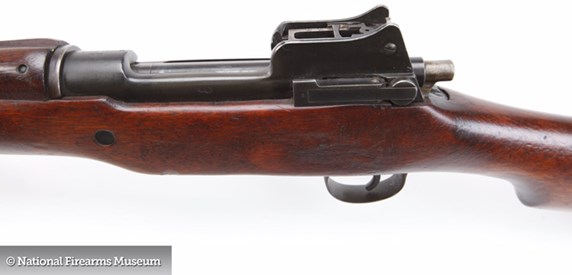
Developed originally at the Royal Small Arms Factory at Enfield, where it was known experimentally as the P’13, like the Springfield it borrowed several features from the 1898 Mauser. Dual-opposing locking lugs, a spring-loaded blade ejector and a large, non-rotating extractor were all used in the new British rifle. Two features carried over from the Short Magazine Lee-Enfield (SMLE) rifle it replaced were a safety at the rear of the receiver and a cock-on-closing bolt. The Brits’ new rifle was initially chambered for a new, high-intensity cartridge, the .276 Enfield, with a 165-gr., .282-cal. bullet at 2,800 f.p.s. and 2,872 ft.-lbs. of energy at the muzzle. However, large stores of .303 British ammunition and the demands of wartime spelled the end of the new cartridge in British service. They decided to order the guns in .303 British instead.
Since the rifle was the latest in technology for the time, it had several advances. The receiver is designed for long cartridges fueled with smokeless powder. It can—and later was—be easily modified to handle sporting cartridges as long as the .375 H&H Magnum safely. The rear sight is an aperture or peep type mounted toward the back of the rear receiver ring. It is protected by a pair of sturdy wings forged into the receiver. Those wings, by the way, proved to be a real bugger when a gunsmith had to remove them to make room for a telescopic sight on a sporter conversion. I know. I did it once. The battle sight was calibrated to 400 yds. and there was a ladder aperture sight calibrated from 200 to 900 yds. in 100-yd. increments. This rear sight setup may have given some gunsmiths heartburn when converting the rifle to a sporter, but for the grunt on the ground it proved to be quicker and more accurate than traditional barrel-mounted sight like those found on the 1903 Springfield.
The bolt has a dog-leg handle to make it easier to clear the rear sight wing and bring the soldier’s finger closer to the trigger. Some had that straightened when converting it to a sporter. The cock-on-closing feature was believed by British designers to be a better one for the soldier in battle because it is a more deliberate movement for the soldier and less of a chance of “blind fire” when the action gets intense. Whether that was true or not, I cannot say.
For what was a stopgap rifle, the U.S. Model 1917 had a lot going for it. Production was about twice that of the M1903 Springfield, so more Doughboys carried the Brit offshoot than the Springfield. The Springfield may have been more desired my grunts on the ground since it was lighter, but the stoutness and reliability of the Enfield became legendary as a battle rifle. After the war, the U.S. Army went back to the Springfield as its main rifle. It became so popular to sporterize the Enfield that Remington came out with the Model 30, a heavily modified Model M1917 Enfield with no rear ears and a bolt that cocked during its opening. The Model 30 had a 19-year run of some 28,000 rifles—not enough to set the world afire, but enough to keep some beans on the table at Remington.
Today one can occasionally find an M1917 Enfield in the used gun racks. Most have been sporterized by who-knows-who and are priced accordingly. Real sporters—like, say, from Griffin & Howe—can command middle- to high-four figures. Finding an original, unmolested rifle is tough, as many of them were overhauled or rebuilt over the years. The 1917 Enfield is one of the great guns of history.















